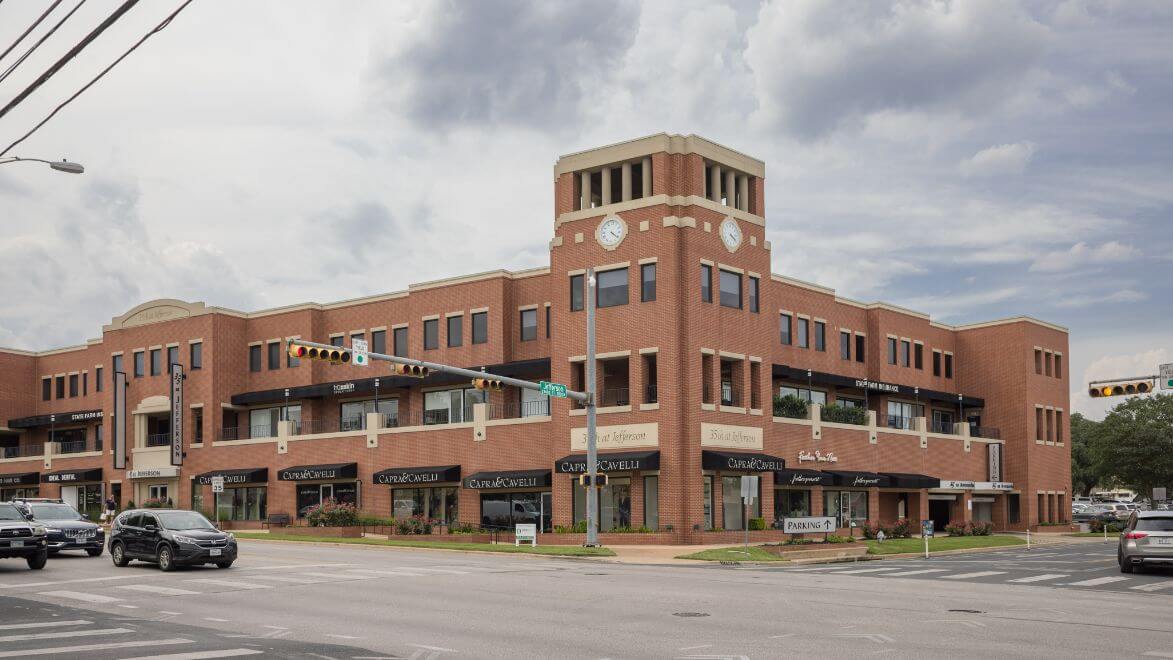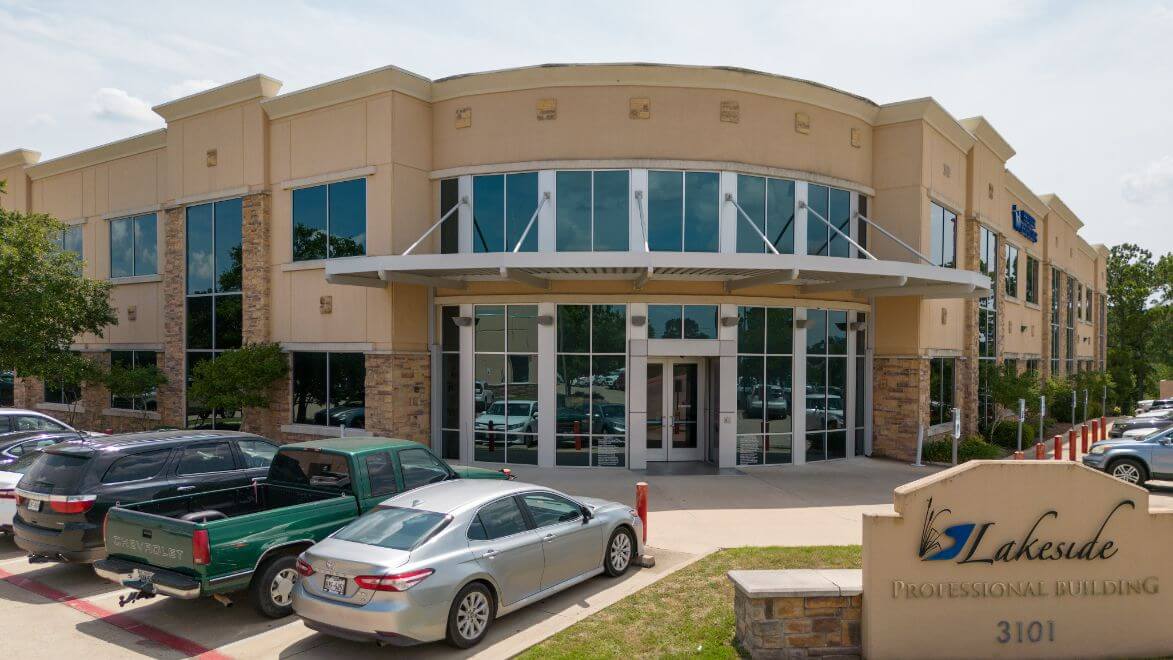Curettage
Effective Skin Cancer Treatment: Curettage
Curettage is a highly effective skin cancer treatment that involves meticulously scraping off abnormal lesions using a sharp, oval-shaped instrument known as a curette. This precise procedure is frequently employed to address various types of skin cancer, including basal cell carcinoma and squamous cell carcinoma. Following the curettage, a dermatologist utilizes electrocautery to burn away any remaining abnormal cells, ensuring comprehensive treatment and reducing the likelihood of recurrence.
The outcomes of curettage for patients are highly favorable. This minimally invasive procedure typically results in minimal scarring and a quick recovery time. Patients often experience minimal discomfort during and after the procedure, with most returning to their daily activities shortly thereafter. Curettage is especially beneficial for those with smaller, superficial skin cancers, offering a reliable, effective solution for eliminating cancerous cells while preserving healthy surrounding tissue.
For optimal results and personalized care, consult with our experienced dermatologists who will tailor the treatment to your specific needs, ensuring the best possible outcome for your skin health. Our team is dedicated to providing you with the highest standard of care, utilizing advanced techniques to ensure your treatment is both effective and minimally invasive. Trust our expertise to help you achieve and maintain healthy skin. Schedule with Tru-Skin in Central Texas if you're considering curettage.
EXAMPLES OF CURETTAGE
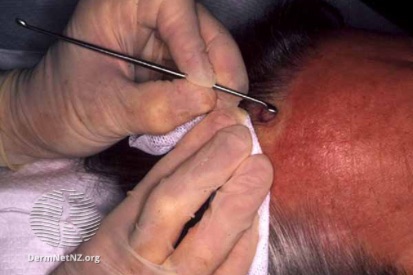
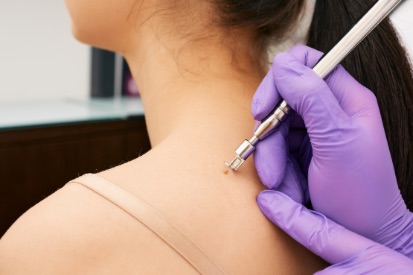
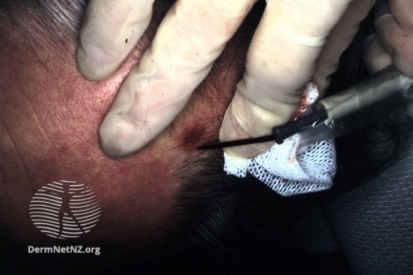
Curettage Explained
It may be used to remove benign growths such as warts or cysts or as part of a biopsy procedure to investigate suspicious or potentially cancerous skin lesions. The procedure is considered minimally invasive and is commonly performed on an outpatient basis. Dermatologists utilize curettage as a versatile tool for both diagnosing and treating a range of skin issues.
Benefits of Curettage
- Benign Lesion Removal: Effectively removes benign skin issues like warts and cysts for cosmetic improvement.
- Diagnostic Tool: Provides a sample for accurate diagnosis, aiding in identifying skin conditions.
- Skin Cancer Treatment: Minimally invasive option for superficial skin cancers, offering simplicity and effectiveness resulting in minimal scarring.
- Outpatient Convenience: Typically performed on an outpatient basis, curettage allows for a swift return home with minimal downtime.
How Tru-Skin Dermatology of Central Texas Can Help: Currettage
In cases involving suspicious or potentially cancerous lesions, dermatologists may perform curettage as part of a biopsy procedure, providing a sample for laboratory analysis. Additionally, curettage is an effective treatment option for certain superficial skin cancers.
Discover the benefits of curettage and electrocautery at Tru-Skin Dermatology, where our skilled practitioners are committed to delivering exceptional care. Schedule your consultation today to explore this advanced skin cancer treatment and achieve healthier, cancer-free skin.
Curettage FAQs
Curettage means the removal of tissue or growth by scooping or scraping with a curette tool. This special technique is typically used to remove cancerous and non-cancerous lesions.
Anesthesia is administered before the procedure to minimize/avoid any pain and discomfort.
What to Expect at Your Curettage Appointment
The Curettage process involves using a spoon-shaped instrument to scrape away the targeted skin lesion, with attention to complete removal. After the procedure, wound care instructions and any necessary dressing will be provided. You'll receive post-treatment guidelines, including activities to avoid and skincare routines.
How to Prepare for a Curettage
Planning for Recovery after Curettage
After the curettage procedure, your provider will put a dressing on the area. It’s important that this dressing stays on for 24 hours following the procedure and that it does not get wet.
After 24 hours, it’s time to change the dressing. First, thoroughly wash your hands with soap and water. Then, remove the old dressing and gently wash the site with soap and warm water. It’s crucial that you do not scrub or scratch the site. Next, pat the area dry, cover it with a thick ointment, and apply a bandage.
During your curettage recovery period, make sure to not submerge the area until the site is completely healed. Furthermore, avoid taking blood thinners, as the area may occasionally bleed after you leave the clinic.
Featured Blogs
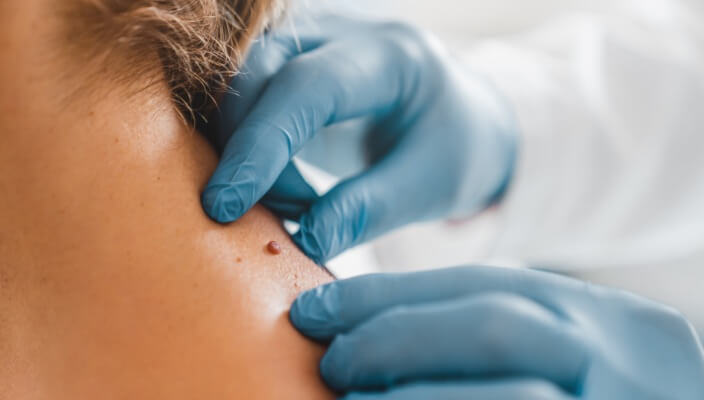
- Skin Cancer
- Skin Exams
- Sun Safety
Our team has access to the latest skin cancer treatment technology to quickly remove certain kinds of skin cancer. Read to learn more about the life-saving potential of early skin cancer detection.
Read More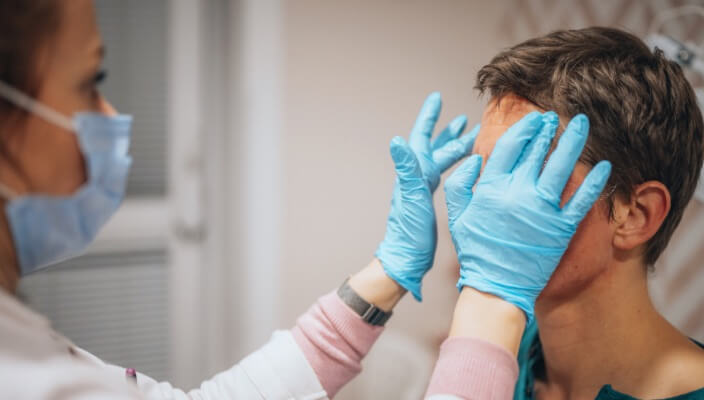
- Skin Cancer
- General Dermatology
- Cosmetic Treatments
At Tru-Skin Dermatology, we offer a wide range of common dermatology procedures to patients throughout Austin, TX, and the surrounding areas. Read this blog to learn more about how we can help you achieve your skin goals.
Read More
- Skin Cancer
- Skin Exams
Skin cancer remains a critical public health issue across the globe, and Texas, with its vast landscapes and relentless sunshine, is no exception.
Read MoreFeatured Products for Curettage
Check your local office for current stock!
Check your local office for current stock!

